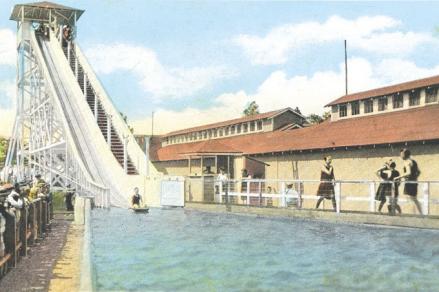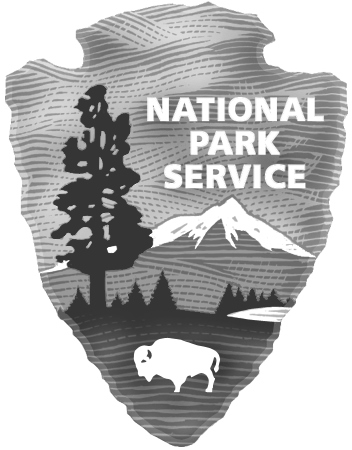“All work and no play?" In this lesson students will learn about and analyze a former amusement park in their town and then use primary sources to learn more about the role that park played in the free time of our working class society.
Freedom and Free Time in Working Class America: Local Landmarks and Living History
Freedom and Free Time in Working Class America: Local Landmarks and Living History

Location
Type of Landmark
Learning Objectives
- Students will be able to examine & explain the role of freedom of choice for free time in a working class society through classroom discussion.
- Students will be able to scrutinize & investigate primary documents by completing a History Detective walk-around assignment.
Materials
- Smartboard/projector
- Computer
- Riverview Beach Park Powerpoint (PDF Provided)
- Primary document collection surrounding Riverview Beach Park, including postcards, stories, photos, and a map or Riverview Beach Park.
- Riverview Beach Park analysis packet
- PDF Format of instructions
Suggested Instructional Procedures
1. Do Now (Approx. 10 Minutes): Upon entering classroom students will respond to the following prompt (written on the board):
- What do you know about the history of Riverview Beach Park?
- What things (memories, words, images, etc.) come to mind when you think of Riverview Beach Park?
2. Classroom Debrief (Approx. 10 Minutes): Teacher makes list on board of student prior knowledge about park. Teacher & Students should feel free to discuss where that knowledge came from and what the student thinks about it. Teacher makes separate list of students’ associations when they think of the park. Discuss negative or positive associations. If there is contrast between the history and present, see why the students think that happens. If there are positive associations explore why students have positive associations.
3. Direct Instruction (Approx. 15 Minutes): Teacher will lead students through a timeline of the history of Riverview Beach Park and its surrounding area.
4. Collaborative Learning using Primary Source (Approx. 30 Minutes): Students will analyze primary documents about Riverview Beach Park by rotating through the different stations in pre-chosen small groups. Students will utilize guided analysis packet to examine
- Picture analysis station
- Postcard analysis station
- Artifact analysis station
- Map analysis station
- Story analysis station
5. Classroom Debrief (Approx. 20 Minutes): As a class, discuss each station, review answers to the packet, and examine the truth of the artifacts versus the assumptions students made. Focus on the following questions:
- What can primary documents tell us when we don’t have the full story?
- What is the value of primary documents?
- From these documents, what can we tell about the importance of Riverview Beach Park to our town?
6. Exit Ticket (Approx. 5 Minutes): Students will respond on a notecard to the following prompt (spoken AND put up on the board):
- Which primary source did you find most interesting today? Explain why.
- What did that source tell you about your town?
Vocabulary
Bias: A tendency to believe that some people and ideas are better than another set of people or ideas.
Primary Source: A document, written some time in the past, that provides a perspective about a past event.
Secondary Source: A document, created based off of primary source documents, analyzing a past event or person.
Culture: The beliefs, arts, customs, etc. of a particular society.
Society: People in general thought of as living together in communities, with a shared set of laws, and a shared culture.
Motive: A reason for doing something.
Amusement: An activity that entertains someone, a pleasurable diversion.
End of Lesson Assessment
Teachers can use the exit ticket section of the instructional procedures as an assessment.
Subject
Grade Level
Standards/Eligible Content
Common Core Standards
Author
Alyssa (Phillips) Robishaw, High School teacher, Pennsville Memorial High School.
Funders/Sponsors
Cultures of Independence has been made possible in part by a major grant from the National Endowment for the Humanities: Celebrating 50 Years of Excellence
Any views, findings, conclusions, or recommendations expressed in this website or during the institutes, do not necessarily represent those of the National Endowment for the Humanities.
Additional funding is being provided by Wells Fargo through HEAD for the Future, its partnership with HSP, and by Independence National Historical Park.


Attention Teachers!
Let us know how you used this plan and be featured on our site! Submit your story here.
